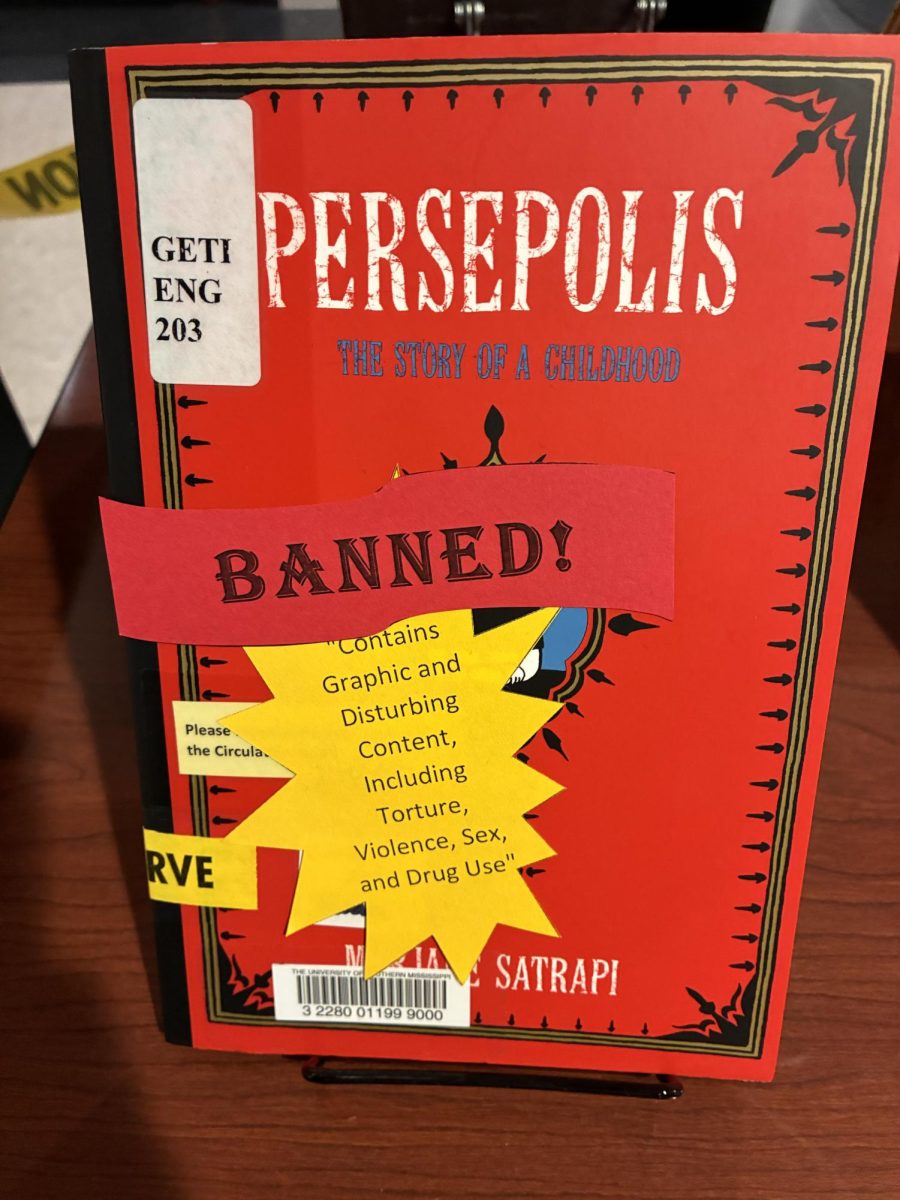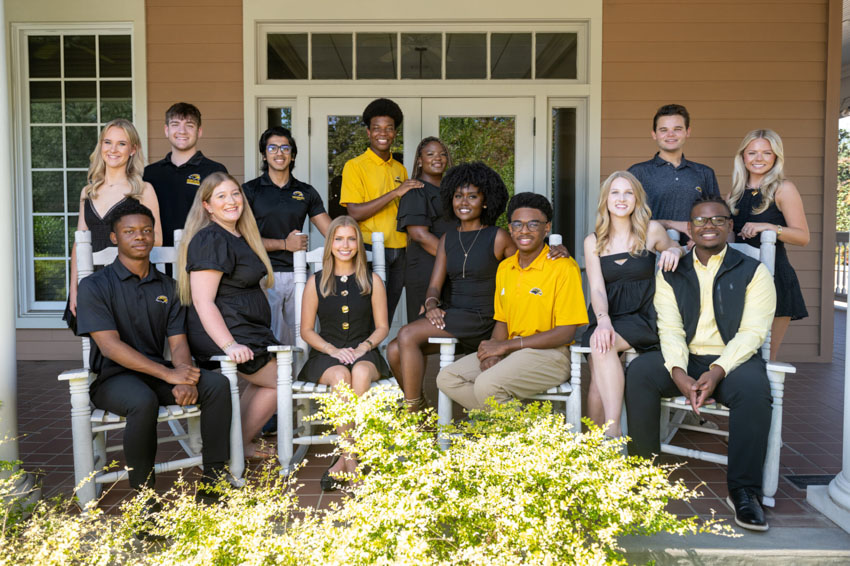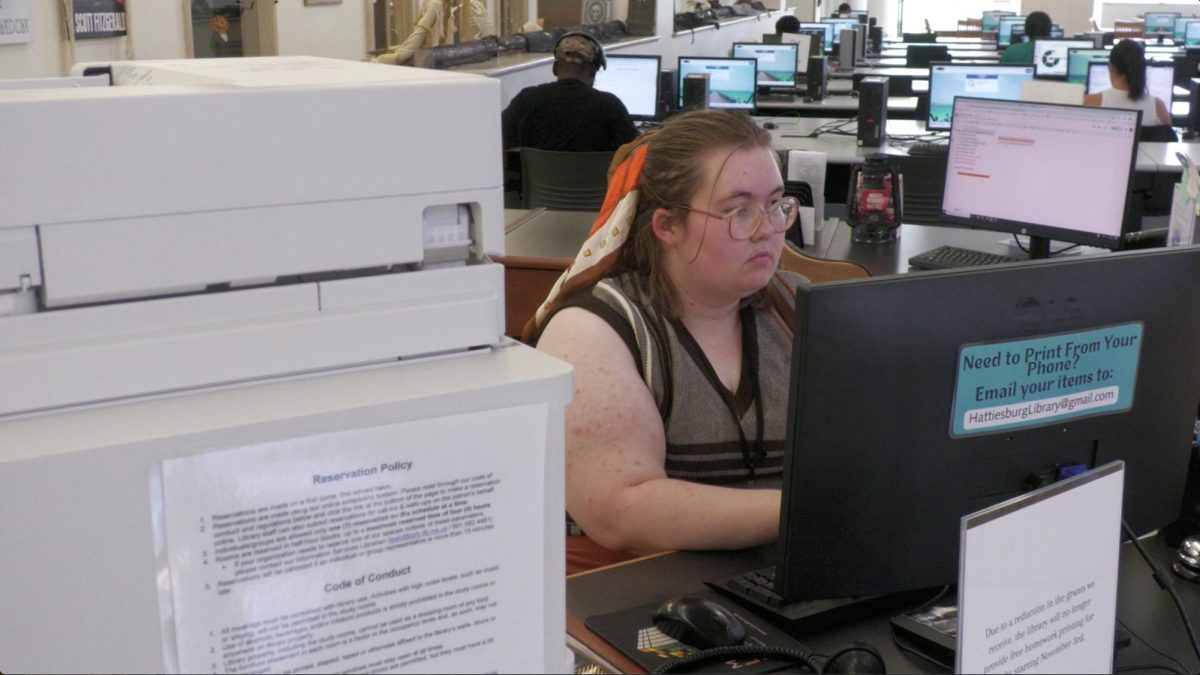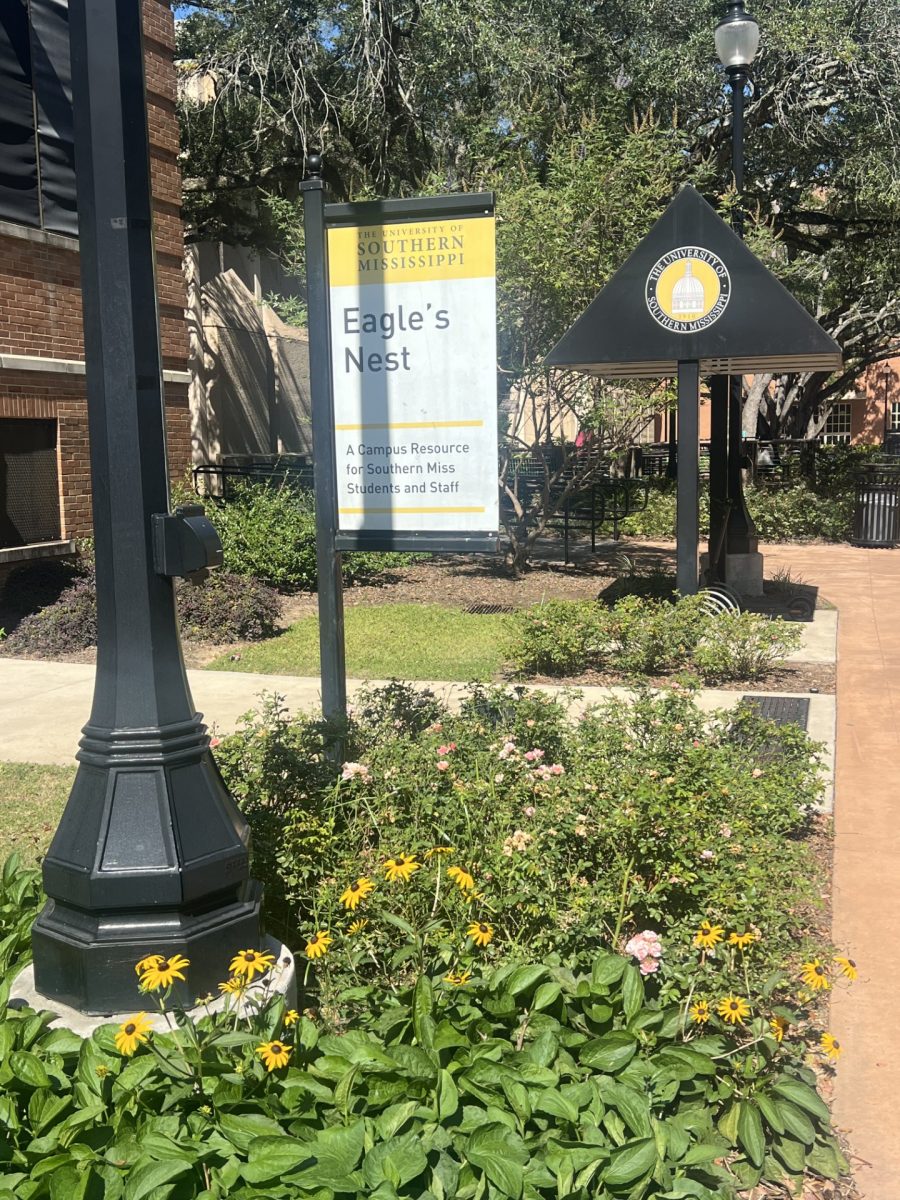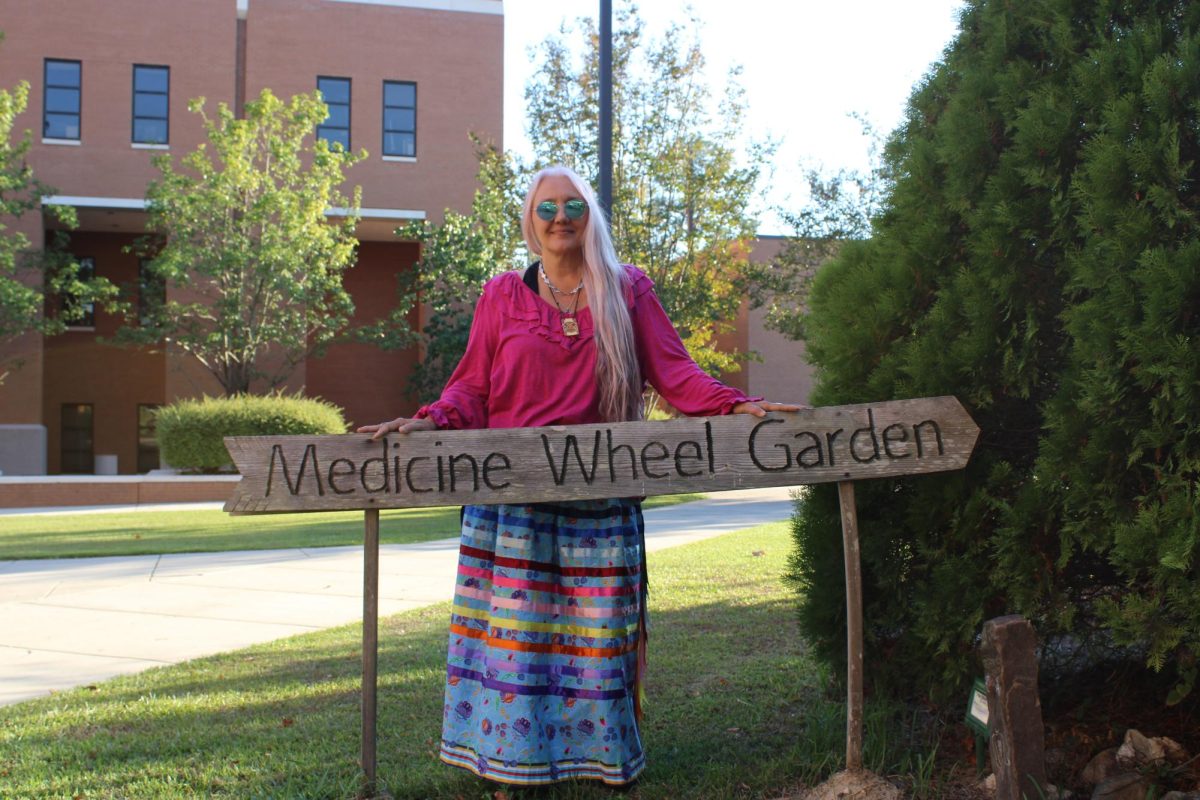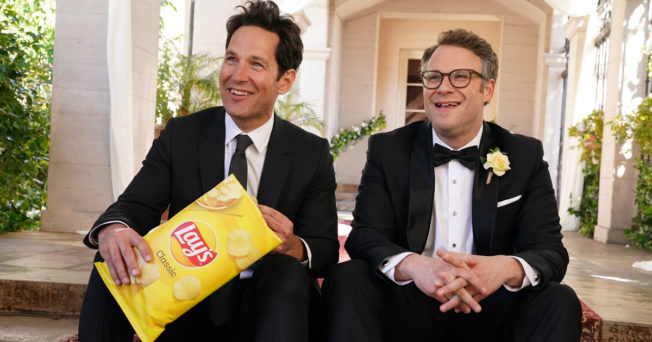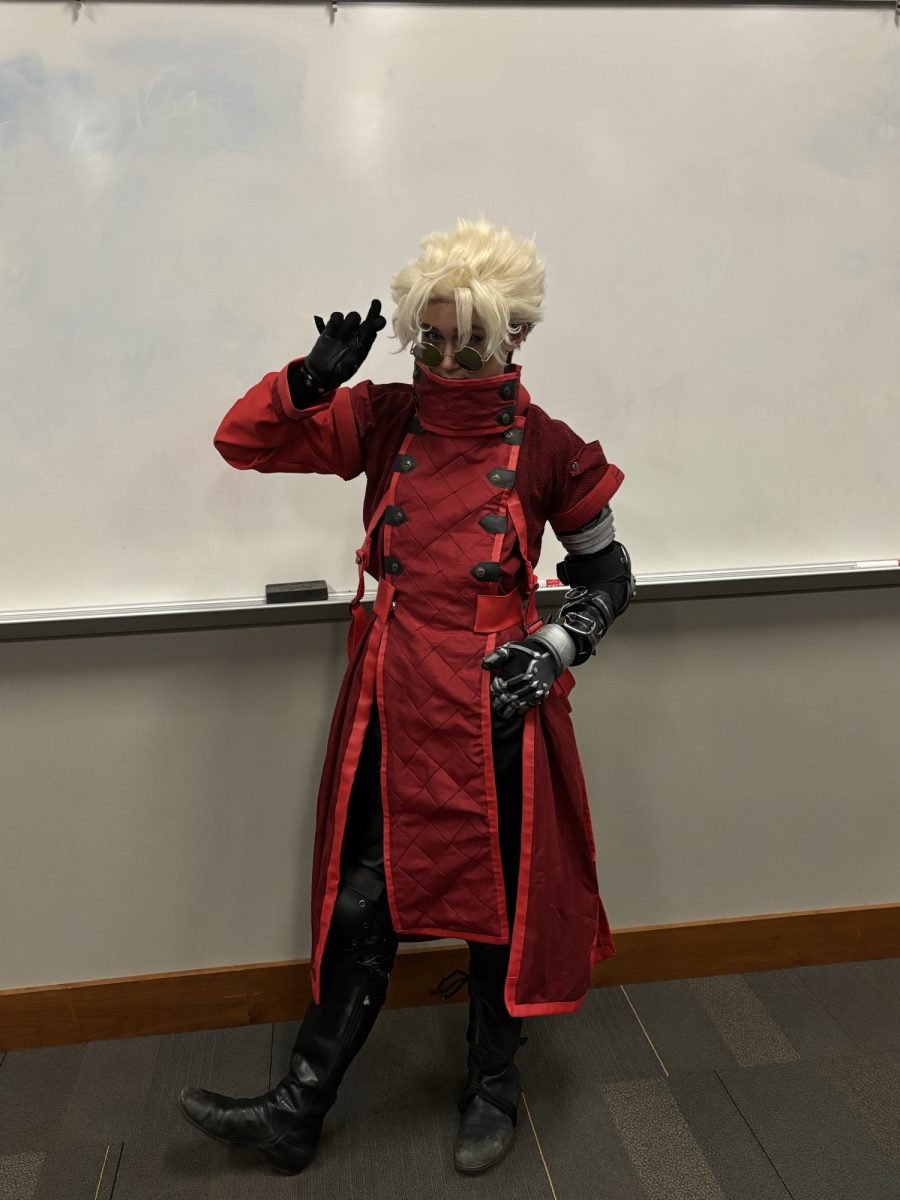On Sunday, the United States of America rejoiced as friends, family and bar patrons gathered in front of their television sets to experience the most spectacular event of the year: Super Bowl commercials.
The astonishing price tags associated with these star-studded miniature movies set expectations higher than usual, and when millions of viewers tune into the Superbowl solely for its extravagant commercials, brands are expected to rise to the occasion.
In recent years, a formula for Superbowl commercials has emerged.
First: recruit the most famous comedians and actors possible. Then, instruct them to hold the brand’s product in frame. Finally, have them say something funny before flashing a logo on screen.
Boom. A Super Bowl commercial is born.
Many brands thrive with this formula.
Lay’s, for example, won chuckles by casting Seth Rogan and Paul Rudd as a reminiscing groom and his best man, and Bud Light Seltzer Hard Soda skillfully incorporated walking meme Guy Fieri to illicit laughs.
However, other brands can’t quite succeed with the basic checklist of celebrities and jokes.
Booking.com teamed up with Idris Elba to create the perfect 30-second commercial for refilling your chip bowl.
Nissan, on the other hand, went the extra mile (pun intended) by casting not one, not two, but four A-list celebrities to star in your 60-second bathroom break, featuring Eugene Levy, Brie Larson, Danai Gurira and Dave Bautista.
Two commercials, however, stood apart from the rest and transcended the formula.
Squarespace’s ‘Sally’s Seashells’ took the traditional formula and turned it on its head to achieve something no other brand could: a genuinely enjoyable commercial.
It begins with a downtrodden Sally, played by Euphoria’s Zendaya, searching for ways to attract customers to her small seaside seashell shop.
A Squarespace website solves her problem, and before long, her business expands to include everything from seashell serenity sessions to seaside snacks.
The plot is simple, but the gorgeous sets, fun costumes, and charmingly alliterative narration from Outkast’s Andre 3000 elevate the commercial from advertisement to art.
‘Sally’s Seashells’ has serious star power in front of the camera and behind the microphone, but it wouldn’t be possible without English writer and director Edgar Wright’s iconic camerawork and playful scene setting.
Unlike many Superbowl commercials that rely solely on the celebrities they acquire to fill the space on screen, Squarespace enlisted three enormously talented artists and incorporated their unique skills into the commercial with brilliant precision.
‘Sally’s Seashells’ is a joy to watch, and most importantly, it effectively advertises Squarespace’s product.
Budweiser’s ‘A Clydesdale’s Journey’ in contrast, rejects the Superbowl commercial formula and delivers a disappointingly hollow short film.
Through stunning visuals and gritty western landscapes, Budweiser and Academy Award-winning director Chloé Zhao tell the story of a lone Clydesdale recovering from an injury with the help of human caretakers and a concerned Labrador companion.
After the iconic Clydesdale trips over a stray piece of barbed wire, the commercial shifts to a montage of the horse’s healing process.
The ‘Star-Spangled Banner’ builds as the horse regains its strength and abandons the stable, galloping across the field while his canine friend chases him in support. The tagline appears on screen: “In the home of the brave, down never means out.”
Cue an epic electric guitar riff.
While the commercial looks raw and genuine, it feels stale.
Its COVID-19 comparison is obvious, and while the message of recovering after hardship is relevant as the world sludges through another year of the pandemic, its execution is poor.
Filled with rapid jump cuts, ‘A Clydesdale’s Journey’ disorients viewers, leading to confusing visuals and diminished stakes.
(“Wait,” you might think on your first watch, “Is that dog bandaging the horse’s leg?”)
The editing issues seep deeper into the commercial’s plot, distracting from the emotional climax as the audience tries to determine how injured the horse is.
Viewers are expected to assume the horse wounded its leg when it fell, but nothing tangible demonstrates the severity of the injury. The inciting incident is hidden by jump cuts, the bandage appears pristine and the horse seemingly recovers overnight.
These unclear stakes make the commercial’s triumphant rock ballad and tagline feel unearned and laughable.
Worse yet, Budweiser’s product is only shown on screen once in the 60-second commercial, but it uses this brief placement well, proving it’s the best beer to sip by the fireside while an injured horse cries in pain just out of earshot.
While “Sally’s Seashells” reveals something new and exciting on subsequent viewings, “A Clydesdale’s Journey” raises new questions that make each watch more ridiculous than the last.

